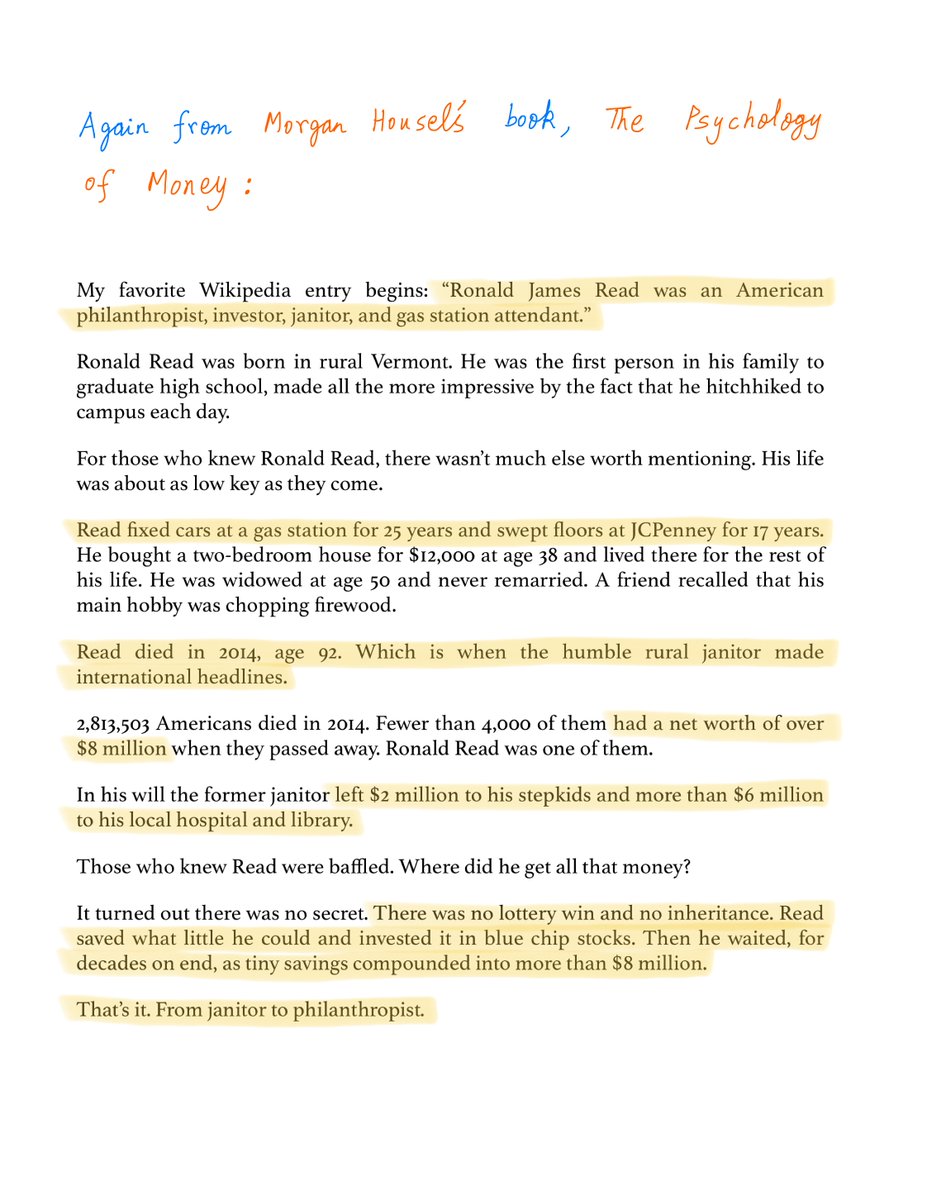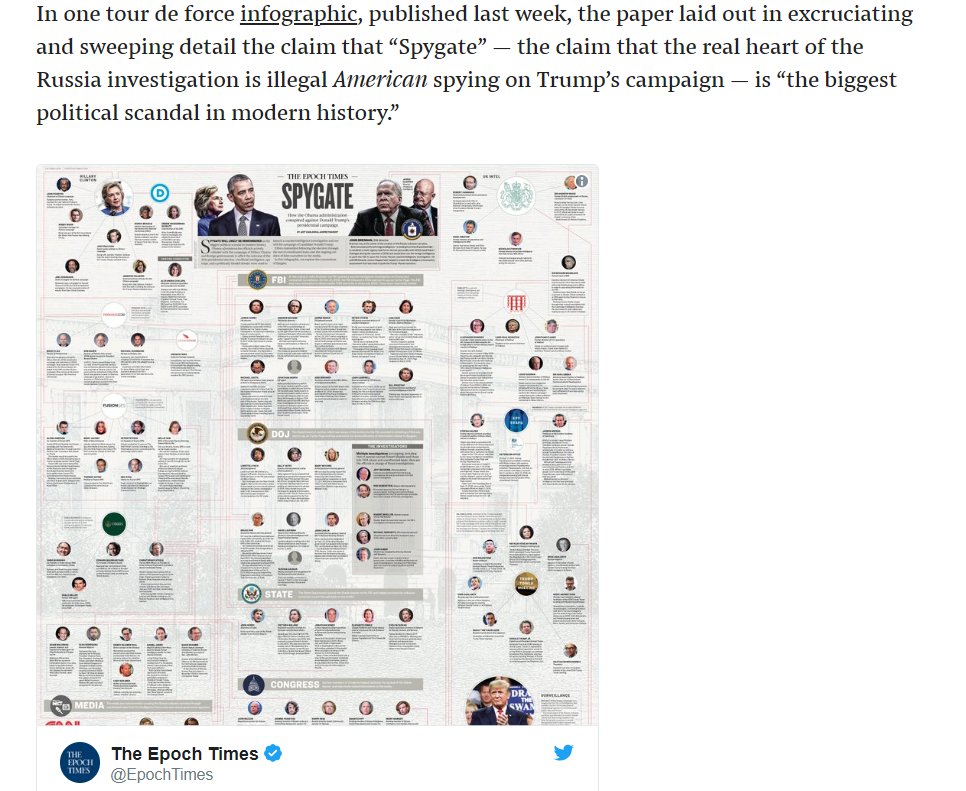A fund does well. You fall in love with the fund house. You have a large mid and small cap scheme from them. They all tank together! Diversify. And remember being good at one thing doesn’t make you good at the other.
Ten MF mistakes I recommend you avoid...
A fund does well. You fall in love with the fund house. You have a large mid and small cap scheme from them. They all tank together! Diversify. And remember being good at one thing doesn’t make you good at the other.
Applying the same metrics to judge different asset classes. What matters to equity funds doesn’t matter to debt funds. Arb funds are fully hedged - the individual stocks don’t matter, they do in equities. Understand what matters for each asset class.
Assuming all passive funds are good because they are cheap. There are terrible passive funds out there too. They track bad indices. Or they track good ones but have a lot of tracking error. Passive requires its own set of research.
We have categories in MF but sadly all funds in a category are not comparable. Just because a website compares them doesn’t mean you should look beneath. BAF categories have funds that are static, dynamic bond funds have rolldowns. Just an example.
Everyone publishes 1y/3y/5y returns but they mean little. They matter only if you invested on this day 1/3/5 years ago. And one good month can make the entire 1/3/5 series look good. Rolling returns indicate the average investor experience.
The single most badly used statistic in MF. And the single most published. It indicates nothing about the future returns of a fund. In debt, in fact, it indicates the opposite. Ignore it.
What works for the globe should work for India. Different market, different rules. For instance ETFs have huge structural benefits in the US but in India index funds are a better structure because we don’t have a great market making infra.
Read fund manager commentary. Read market views. Read twitter blogs. But don’t open your portfolio. The single most important thing to check, is what do you hold. And it’s disclosed monthly. See it.
Buy because someone is buying, sell because a WhatsApp group says so. Personal finance is personal. 100 - age doesn’t work. Two 26 year olds may have diff liabilities, family backgrounds, professions. How can their portfolio be the same.
Lots of talk about MF fees. Do you know how much you pay in switching costs between taxes and exit loads? Every churn costs us more than we estimate, so think hard about it before you hit redeem or switch.
More from Finance
As the DeFi bull market continues, some brutally honest tips for new founders fundraising in crypto.
👇
1/ The discount you offer to strategic investors is both to account for the risk of an unlaunched product, but also as compensation for continued value add and support.
So make sure you know the investor will support you and not leave you on read once the docs are signed!
2/ Having someone on your cap table/ token allocation is as important as hiring.
You wouldn't hire someone just because they are influencers on Twitter- you do your reference checks and find evidence of value add from other companies the investor has invested in.
3/ Don't trust, verify.
Many investors will promise you the world when they're trying to get on your cap table.
Talk to founders they backed to see how much of it is bullshit. Ask them about how the investor was there for them during hard times.
4/ Don't just go for "name brand" funds because you want the brand.
Sure, it's great validation, but optimize for fit, not vanity.
However, I do think many well-known VCs are good actors, especially those with roots in successful trad VCs. They have a rep for a reason!
👇
Equity/ownership is a force. Getting it in the hands of the right people generously will drive alignment and execution.
— Joey Santoro (@Joey__Santoro) January 21, 2021
It is a joyful and serious responsibility \U0001f332
1/ The discount you offer to strategic investors is both to account for the risk of an unlaunched product, but also as compensation for continued value add and support.
So make sure you know the investor will support you and not leave you on read once the docs are signed!
2/ Having someone on your cap table/ token allocation is as important as hiring.
You wouldn't hire someone just because they are influencers on Twitter- you do your reference checks and find evidence of value add from other companies the investor has invested in.
3/ Don't trust, verify.
Many investors will promise you the world when they're trying to get on your cap table.
Talk to founders they backed to see how much of it is bullshit. Ask them about how the investor was there for them during hard times.
4/ Don't just go for "name brand" funds because you want the brand.
Sure, it's great validation, but optimize for fit, not vanity.
However, I do think many well-known VCs are good actors, especially those with roots in successful trad VCs. They have a rep for a reason!
You May Also Like
And here they are...
THE WINNERS OF THE 24 HOUR STARTUP CHALLENGE
Remember, this money is just fun. If you launched a product (or even attempted a launch) - you did something worth MUCH more than $1,000.
#24hrstartup
The winners 👇
#10
Lattes For Change - Skip a latte and save a life.
https://t.co/M75RAirZzs
@frantzfries built a platform where you can see how skipping your morning latte could do for the world.
A great product for a great cause.
Congrats Chris on winning $250!
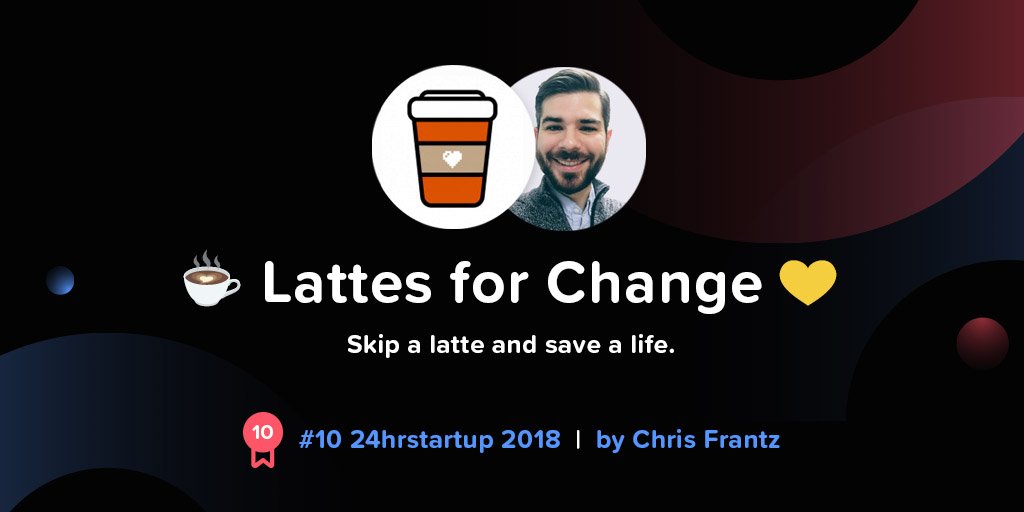
#9
Instaland - Create amazing landing pages for your followers.
https://t.co/5KkveJTAsy
A team project! @bpmct and @BaileyPumfleet built a tool for social media influencers to create simple "swipe up" landing pages for followers.
Really impressive for 24 hours. Congrats!

#8
SayHenlo - Chat without distractions
https://t.co/og0B7gmkW6
Built by @DaltonEdwards, it's a platform for combatting conversation overload. This product was also coded exclusively from an iPad 😲
Dalton is a beast. I'm so excited he placed in the top 10.
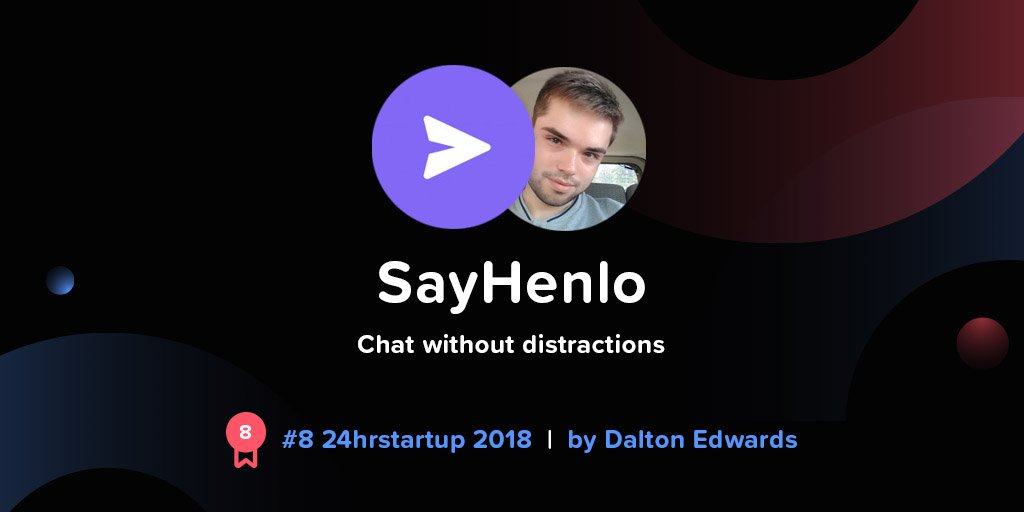
#7
CoderStory - Learn to code from developers across the globe!
https://t.co/86Ay6nF4AY
Built by @jesswallaceuk, the project is focused on highlighting the experience of developers and people learning to code.
I wish this existed when I learned to code! Congrats on $250!!
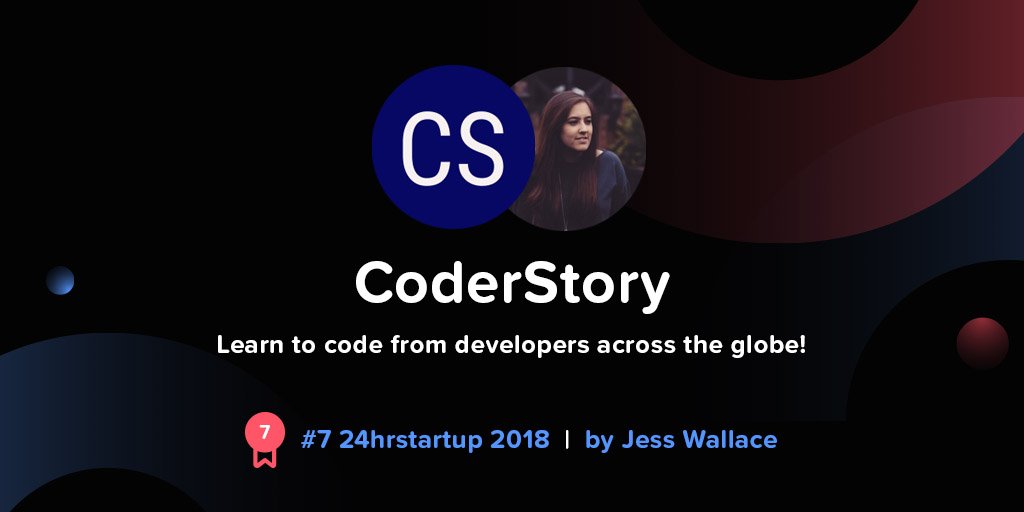
THE WINNERS OF THE 24 HOUR STARTUP CHALLENGE
Remember, this money is just fun. If you launched a product (or even attempted a launch) - you did something worth MUCH more than $1,000.
#24hrstartup
The winners 👇
#10
Lattes For Change - Skip a latte and save a life.
https://t.co/M75RAirZzs
@frantzfries built a platform where you can see how skipping your morning latte could do for the world.
A great product for a great cause.
Congrats Chris on winning $250!

#9
Instaland - Create amazing landing pages for your followers.
https://t.co/5KkveJTAsy
A team project! @bpmct and @BaileyPumfleet built a tool for social media influencers to create simple "swipe up" landing pages for followers.
Really impressive for 24 hours. Congrats!

#8
SayHenlo - Chat without distractions
https://t.co/og0B7gmkW6
Built by @DaltonEdwards, it's a platform for combatting conversation overload. This product was also coded exclusively from an iPad 😲
Dalton is a beast. I'm so excited he placed in the top 10.

#7
CoderStory - Learn to code from developers across the globe!
https://t.co/86Ay6nF4AY
Built by @jesswallaceuk, the project is focused on highlighting the experience of developers and people learning to code.
I wish this existed when I learned to code! Congrats on $250!!











